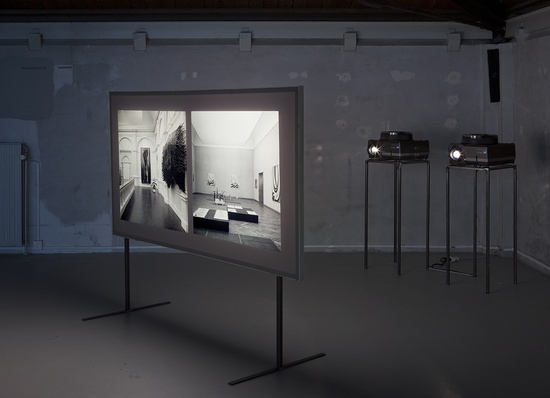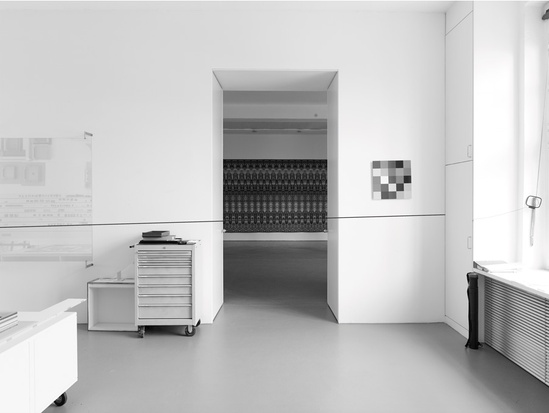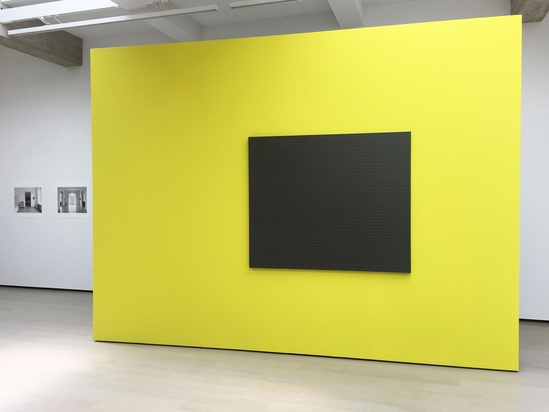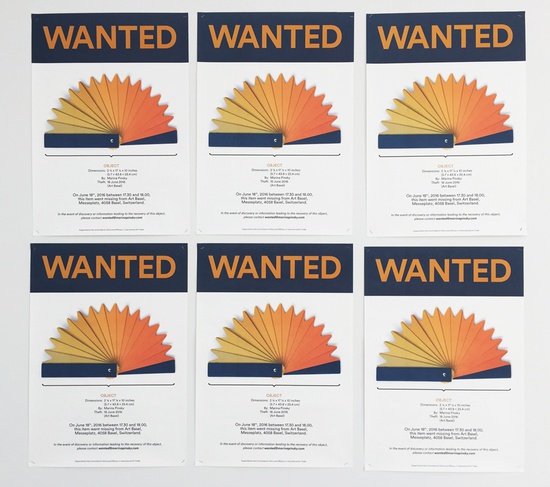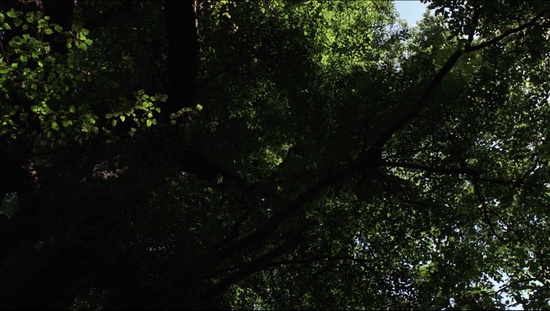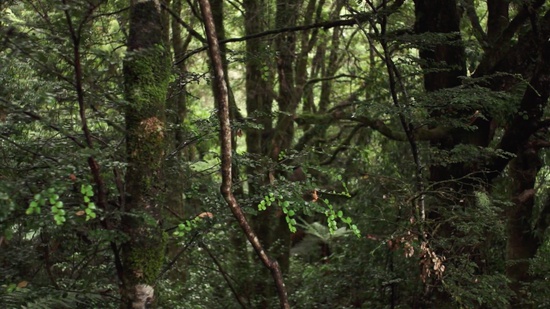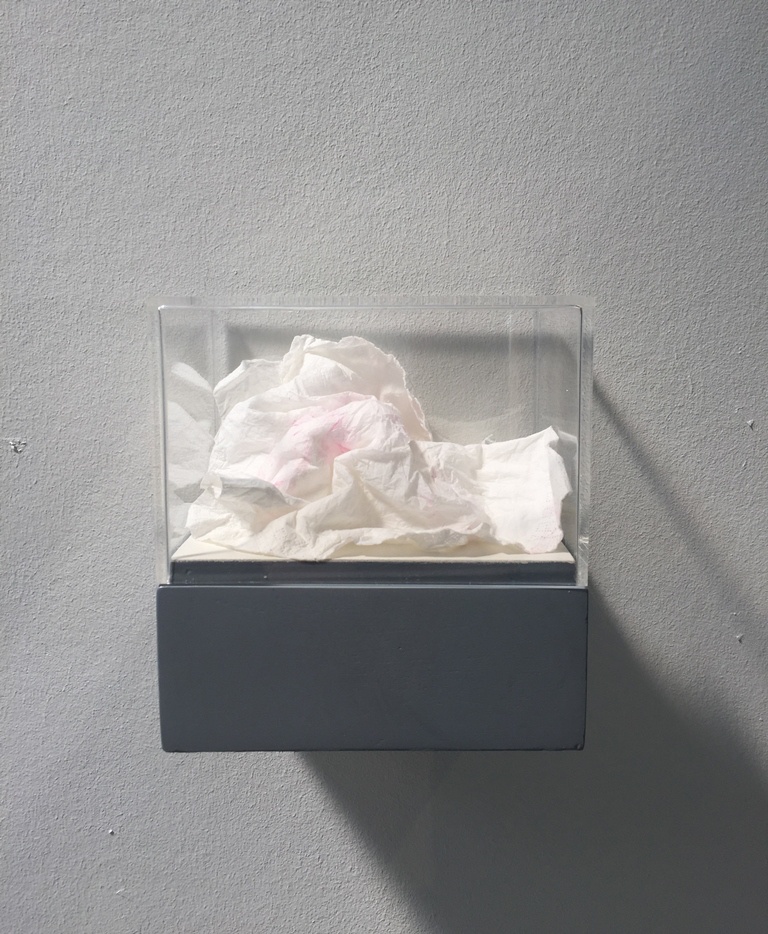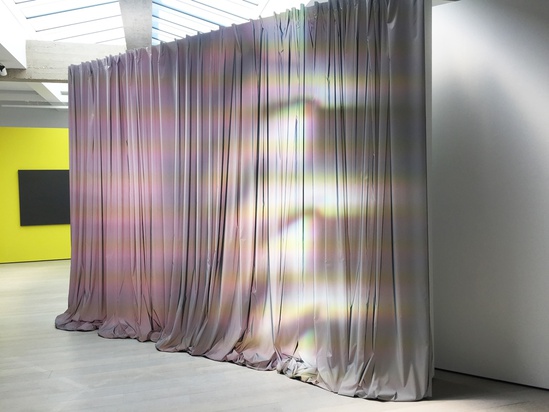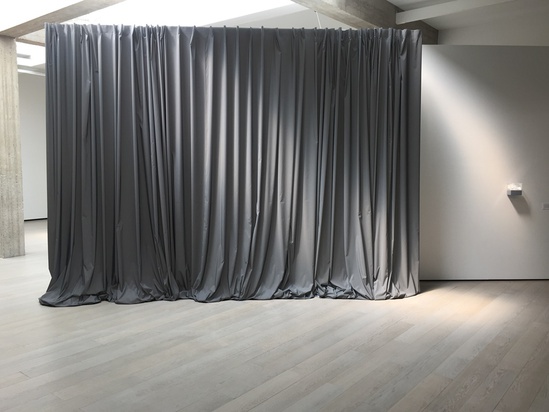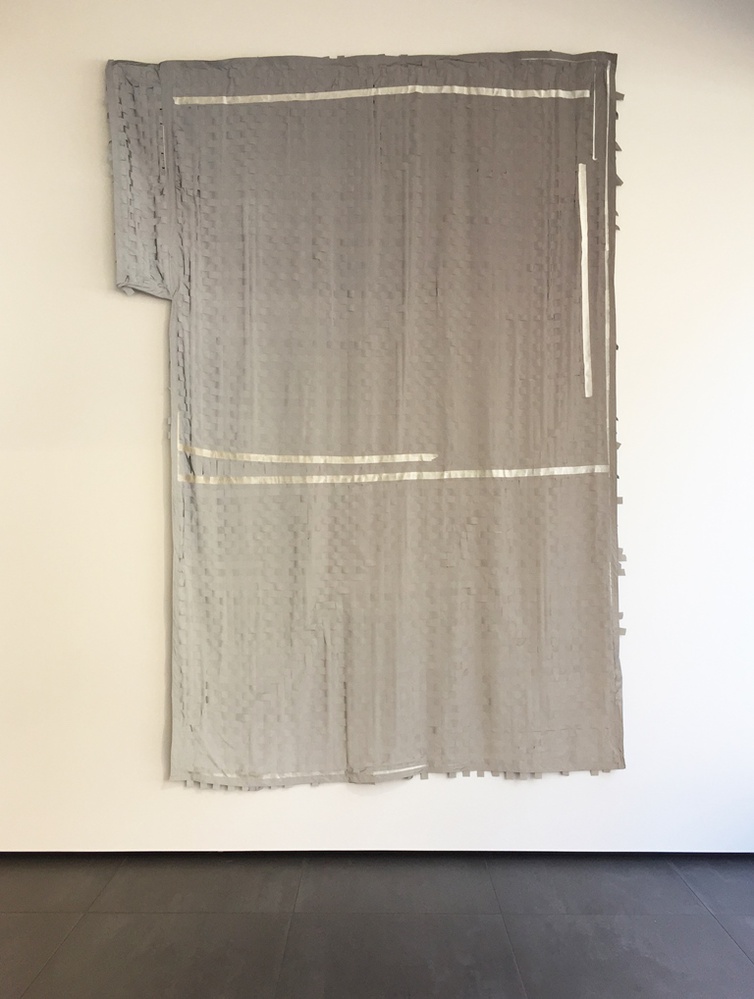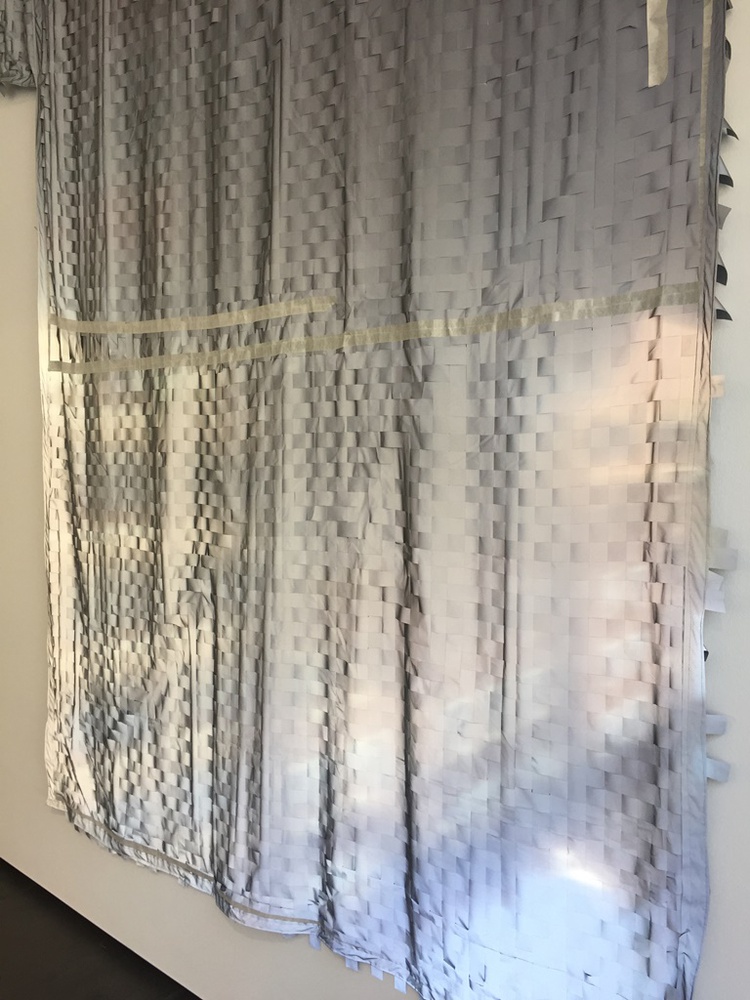ExhibitionDetached Involvement
Dear visitor,
Welcome to Garage Rotterdam at the exhibition Detached Involvement. The background of most works of art is clear: they find their way to the general public from the artist’s studio via exhibitions. For the works of art in this exhibition it’s a slightly different story. I invited visual artists and found objects that can provide an insight into what we can see from the corner of our eye. The objects and works of art in this exhibition lead a so-called double life.
I first had the idea for this exhibition when I heard two anecdotes. The first anecdote is about Alanna Heiss: she was remarkably active as curator and organiser in New York in the 1970s. She arranged for derelict industrial buildings to be used as studios and galleries for visual artists. She founded PS1 and the Clocktower Gallery, which still exist today. There was never enough time to apply for an events permit because she often had to fill these locations on an ad hoc basis. But she found a way around this by applying to the local government for a permit to use these locations as film set. And actually, she was right in a way: the exhibitions never lasted very long and they were always recorded on camera or video. She achieved so much by letting works of art ‘perform as extras’ on a film set.
The second anecdote is about visual artist Christophe Lemaitre. He wanted to organise an exhibition with works of art that had been damaged and were written off by insurance companies. The insurance policies had paid the full value of the claims. Officially, these works of art were no longer part of the oeuvre of the visual artist and they loose their status as work of art, but nevertheless the insurance company kept these objects in storage. When Lemaitre wanted to use them for an exhibition he was only allowed to do so on the condition that there was 24/7 camera surveillance. And he had to insure the objects for a value of 10,000 euros.
Detached Involvement shows works of art that did not become known to the public in a conventional way. These works were sometimes only ever seen from the corner of an eye, in a film or on a poster. Other works disappeared backstage after a while. This exhibition is about props, replicas, objects that were considered lost and project that were never carried out. They evolve or disappear over time, either because of lack of or excess of visibility.
The subject of this exhibition is fleeting to an extent: in a wink of an eye the object is stolen, slides are lost or the anecdote has been forgotten. The visual artists who are showing their work in Garage Rotterdam are dealing with this fleetingness differently. They embrace the fact that our view of art and its history is soft matter. It is malleable and looks can be influenced.
The works of art in this exhibition reveal that the life cycle of an object cannot always be predicted. The history of art is sometimes affected by external factors, both positive and negative. Details that seem unimportant can become a special project thanks to the right kind of attention. This is the case, for example, with visual artists who dive into archives and find forgotten designs, sketches and files.
Other objects in this exhibition show that they (or even the visual artist) can have a dual status carrying in them traces of a former life or a double life. The exhibition offers a view of the circumstances that shaped these objects and work. How has the double life of these works of art influenced their status?
Enjoy the exhibition,
Bas Hendrikx

